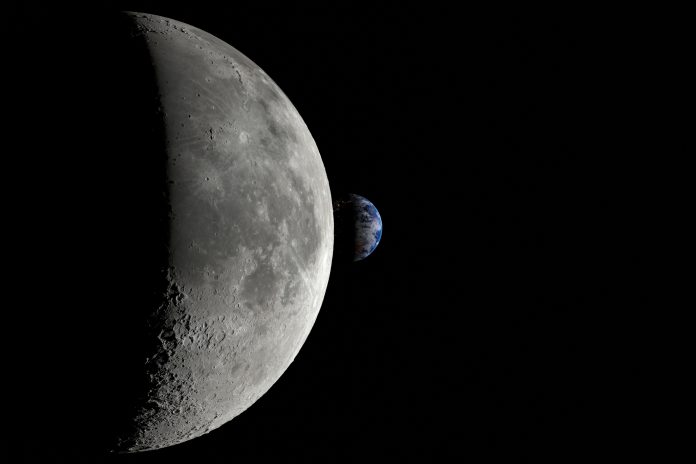NASA has awarded Firefly Aerospace a $176.7 million contract to deliver two rovers and three scientific instruments to the Moon’s South Pole region, marking a major step forward in the agency’s Artemis campaign and Commercial Lunar Payload Services (CLPS) initiative
Firefly Aerospace’s mission is set for 2029 and will be the first time NASA deploys multiple rovers alongside stationary instruments in a collaborative effort to study one of the most scientifically intriguing areas of the lunar surface.
Exploring the lunar south pole
The lunar South Pole has a region of interest to scientists due to its permanently shadowed areas, which may harbour water ice and other valuable resources. These areas are also key to establishing a long-term human presence on the Moon and eventually supporting missions to Mars. Firefly Aerospace’s lander will target this challenging terrain, delivering payloads that aim to analyse the composition, chemistry, and environmental conditions of the region.
Rovers and instruments for advanced exploration
Among the technologies being sent is MoonRanger, an autonomous microrover designed to roam the lunar surface, capture imagery, and collect data.
Equipped with a Neutron Spectrometer System, it will study hydrogen-bearing volatiles and the chemical makeup of the lunar soil. Developed by NASA’s Ames Research Center, Carnegie Mellon University, and Astrobotic, MoonRanger will also demonstrate autonomous navigation capabilities, which are crucial for future robotic missions.
Joining MoonRanger is a Canadian Space Agency (CSA) rover engineered to explore more remote and shadowed regions of the South Pole. This rover will carry a suite of tools, including stereo cameras, spectrometers, a thermal imaging radiometer, and radiation sensors. It is also designed to withstand the harsh conditions of the lunar night, providing valuable data about the challenges future astronauts may face.
Understanding the lunar environment
As well as the rovers, the mission includes several stationary instruments:
- The Stereo Cameras for Lunar Plume Surface Studies, developed by NASA’s Langley Research Center, will capture high-resolution 3D images of how rocket exhaust disturbs the lunar surface during landing. This information is vital for predicting how future, larger landers might impact the Moon’s fragile regolith.
- A Laser Retroreflector Array, created by NASA’s Goddard Space Flight Center, will enable precise laser ranging to the lander. As a passive device, it requires no power and will serve as a long-term location marker for future lunar missions.
- The Laser Ionisation Mass Spectrometer, developed by the University of Bern in Switzerland, will analyse the elemental and isotopic composition of lunar regolith. Using a Firefly-built robotic arm and a titanium shovel, it will collect and examine soil samples grain by grain, offering new insights into the Moon’s geologic evolution.
This is Firefly Aerospace’s fifth CLPS task order and fourth lunar mission. The company has already shown its lunar delivery capabilities with a successful landing on the Moon’s near side in March 2025. Its upcoming missions will include a lunar orbit satellite drop-off in 2026 and a 2028 delivery to the Gruithuisen Domes, another scientifically rich area on the Moon’s near side.
This mission is part of NASA’s wider goal to establish a sustainable presence on the Moon and prepare for future human missions to Mars. By partnering with commercial providers like Firefly Aerospace, NASA is improving innovation while accelerating scientific discovery and exploration in space.











